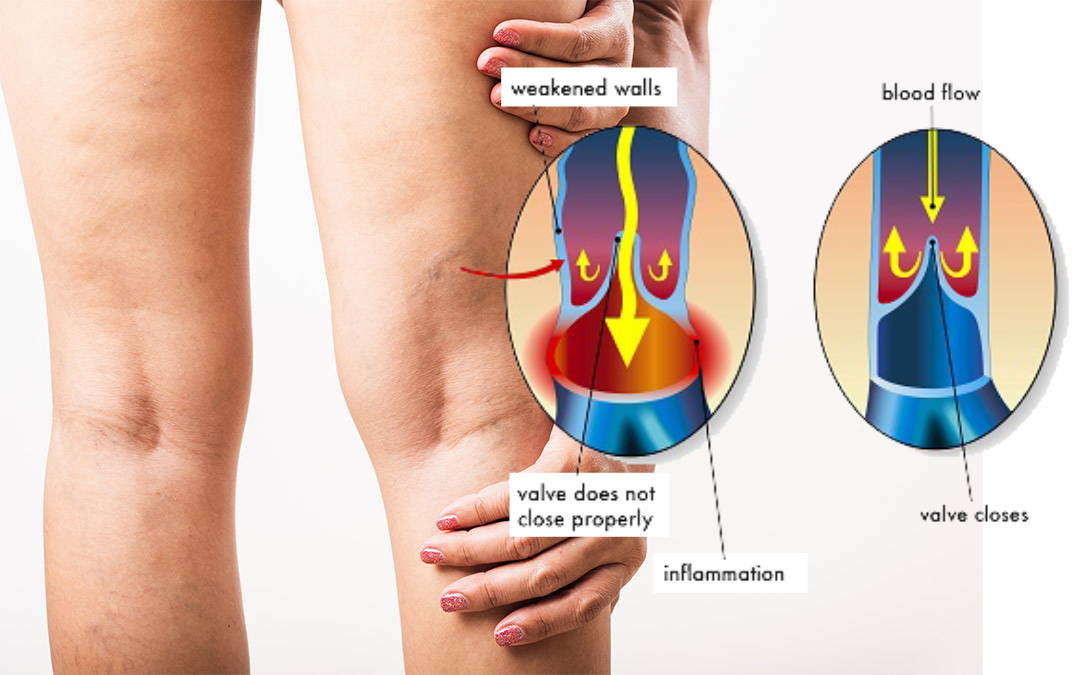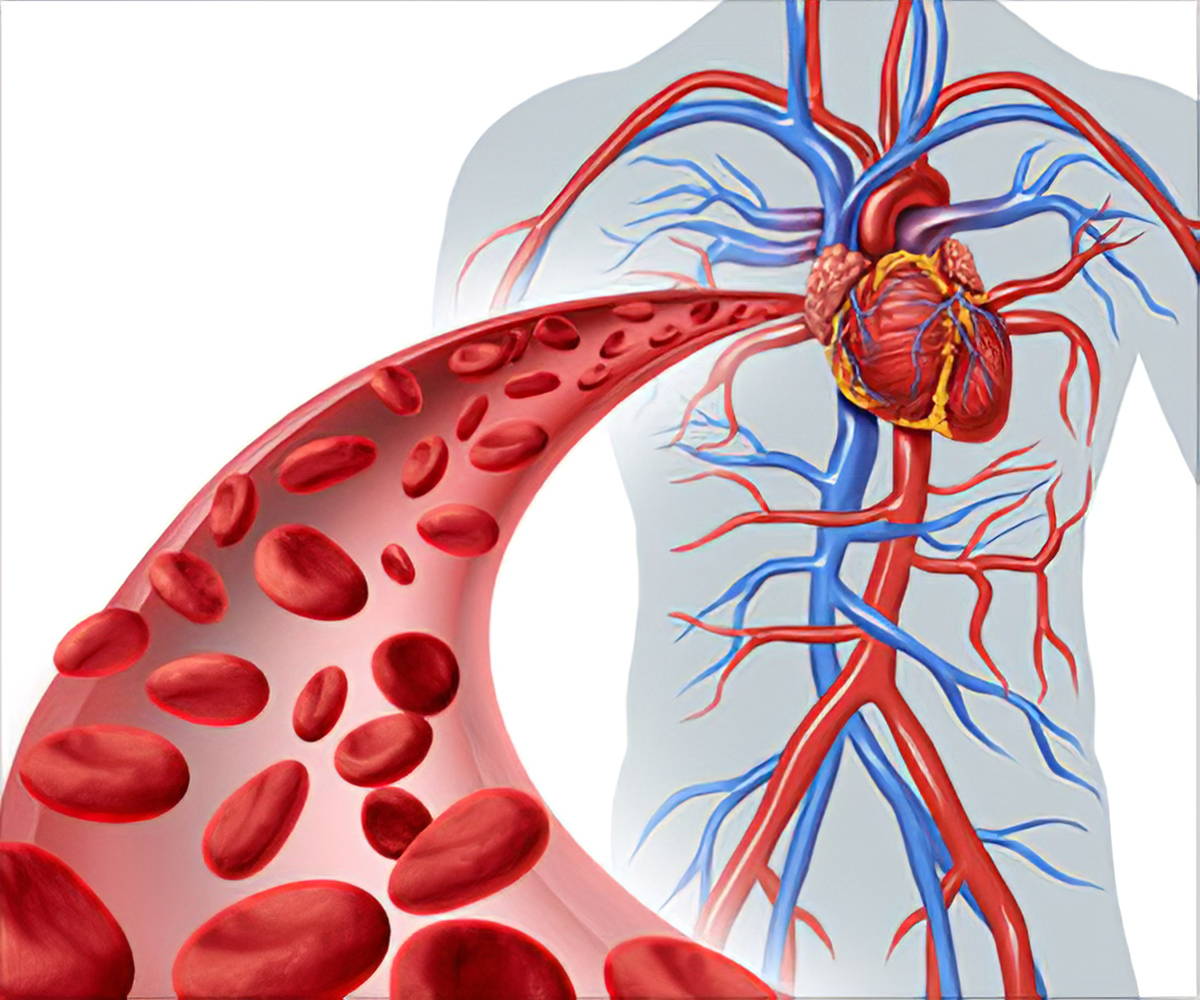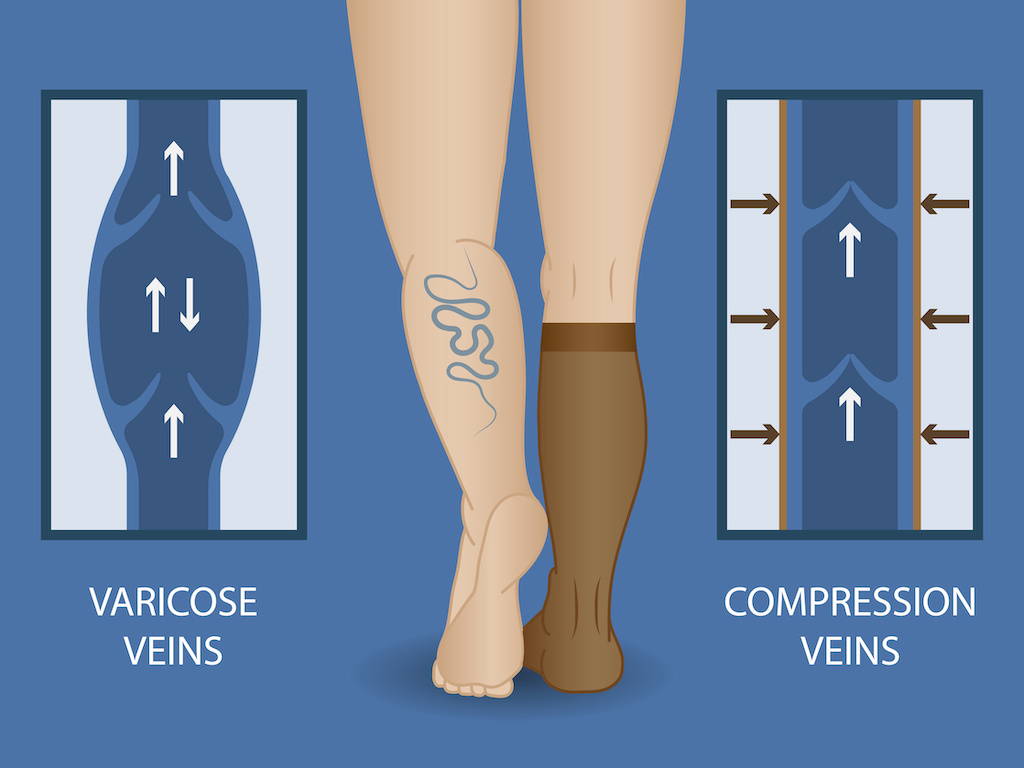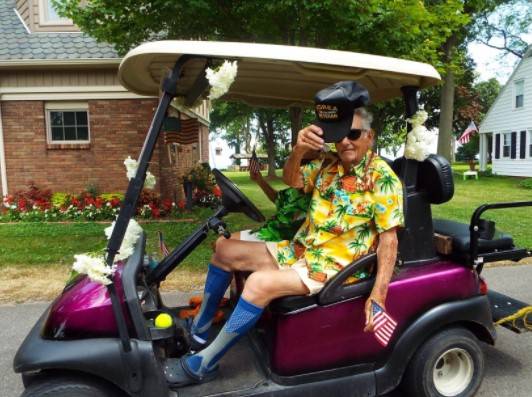
What Can You Do to Improve Circulation?
Share

What Can You Do to Improve Circulation?
Have you experienced that your legs fall asleep when sitting in the same place for too long? Or when you realize your leg is in a weird position and the tingling feelings start to set in? You feel like there are pins and needles in your legs; that is very uncomfortable. Tingling sensations happen when your nerves have been pinched and your circulation restricted.
When you have poor blood circulation, this tingling and uncomfortable sensation can occur more frequently than when you stay in the same position for too long. If you have venous insufficiency, you may experience this sensation in your legs in addition to heaviness, soreness, swelling, restlessness, and weariness.
The following are some of the most common symptoms of venous insufficiency in the legs:
-
Pain
-
Cramping
-
Swelling
-
Throbbing
-
Heaviness
-
Itching
-
Restlessness
-
Fatigue (tired feeling)
The good news is that there are various things you can do to improve your blood circulation. Try any of the following:
-
Increase your cardiovascular activity. Running, riding, or walking can all aid improve circulation.
-
Quit smoking if you smoke. Smoking can reduce blood flow, damage blood vessel walls, and cause plaque in veins. "The sooner you quit, the sooner your body may begin to repair itself."
-
A Healthy Diet. One strategy to improve your circulation or blood flow is to eat a balanced diet. Some foods and drinks, such as beets, berries, pomegranates, and black or green tea, can improve circulation when combined with exercise, hydration, weight management, and not smoking. Include more omega-3 fatty acids in your diet, such as tuna and salmon, twice or thrice a week.
-
Take iron supplements or eat iron-rich foods if you are anemic. You don't have enough red blood cells to circulate oxygen throughout your body when you're iron deficient (or anemic). Consult your doctor to determine if an iron supplement is good for you or add iron-rich spinach, lentils, and (in moderation) red meat to your diet.
-
Dry brush your body. Before a shower or bath, try this technique to stimulate blood flow: Using a soft-bristle brush, gently brush your skin in long, upward strokes, starting with your feet moving upward.
-
Decrease stress. While stress has many physical impacts, it is especially harmful to your circulation. Stress can produce an abrupt spike in blood pressure, putting additional strain on the walls of your veins.
-
Elevate your legs. Elevating your legs promotes blood flow to your upper body.
-
Wear compression socks. Compression socks apply pressure to your feet to help blood arteries push blood through your body and up to your heart. They can also help reduce edema and are helpful for pregnant women, people with diabetes, and people on their feet all day.

So how do compression socks help circulation?
Many are promoting compression socks as the newest best thing for dealing with tired, achy feet. Is all the promotion valid? The truth is that doctors have prescribed compression socks for decades to help combat problems related to poor blood flow in the lower extremities.
Compression socks increase blood flow by placing pressure on veins in your feet and legs. The arteries that provide oxygenated blood to your feet and calves can relax and allow blood to flow freely, making your heart work less complicated to return that blood through the veins. The compression helps keep blood towards the heart and head while also preventing foot swelling. It can help avoid achy feet in persons who stand or walk for most days.
Many doctors recommend compression socks for treating edema or lymphedema, a common complication of diabetes. Compression stockings can also help minimize or prevent the progression of varicose and spider veins. These blue or purple veins occur when blood vessel valves fail, allowing blood to collect in one area or flow towards your feet rather than your head.
If you suspect you have vein-related circulation problems, make an appointment with your doctor as soon as possible and begin wearing compression socks.
Who Can Benefit From Compression Socks?
Compression socks can help anyone who suffers from any of the following:
-
Lipodermatosclerosis
-
Aching, tired legs
-
Diabetes
-
Dermatitis of the legs or arms
-
Phlebitis
-
Mild or intense venous insufficiency
-
Pain or swelling
-
Extreme edema
-
lymphedema
-
Deep vein thrombosis
-
Spider veins

Wrapping It All Up
Fortunately, you don't have to live with poor blood circulation. We listed some options for relief above so you can experience the comfort and get back on the path to health and fitness.
Enjoy being able to perform what you enjoy without any discomfort or difficulty!

If you are looking to improve your blood circulation check out our Graduated Compression Socks.
Sometimes they are even 50% OFF.
